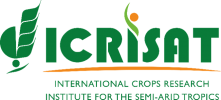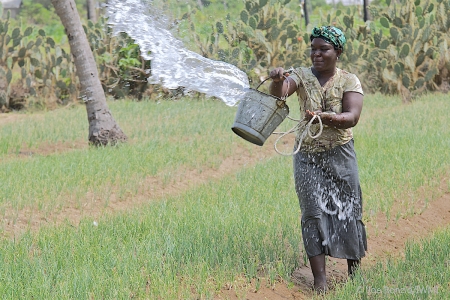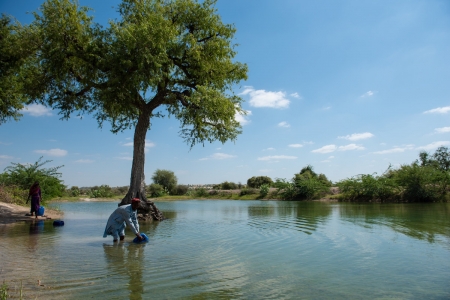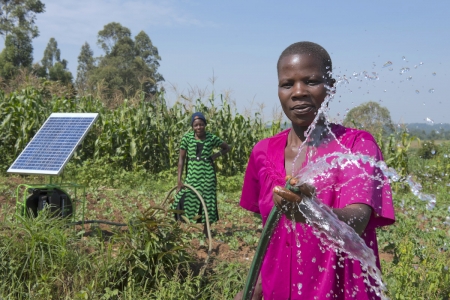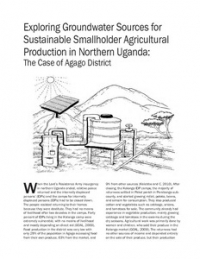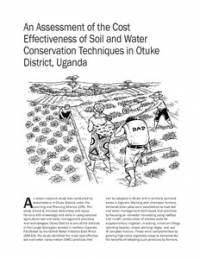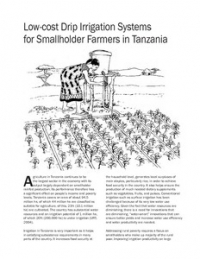Water scarcity and land degradation, particularly soil fertility in most smallholder farming systems that are located in semi-arid areas in southern Africa pose serious threats to food crop production in the region. Climate change is forecasted to reduce rainfall amount and reliability in southern Africa further compromising the already depressed crop productivity. Some small-scale irrigation schemes have been developed in smallholder areas in southern Africa but many face viability problems due to low productivity linked to poor soil and water management techniques at farm and landscape scales, and production of low value crops with limited or no market demand. Additionally, soils are generally depleted of nutrients due to continuous cultivation with little or no addition of fertilizers. Integrated soil fertility management at landscape scales, which necessarily includes combined addition of organic and mineral nutrient sources across soil fertility gradients and cropping systems has been shown to restore fertility, enhance resource use efficiency and crop production, and may improve nutrient cycling under irrigated conditions. There is therefore need to explore modalities of developing a market-driven cropping system across various irrigation scheme positions underpinned by improved and innovative and integrated soil fertility and water management technologies. The project aims to assess the potential of integrated soil fertility managment to improve nutrient cycling and crop production at farm and scheme scales in Silalatshani and Mkoba irrigation Schemes in Zimbabwe. The specific objectives are to: 1. Based on historical climate analysis of the target schemes and the application of crop modelling, devise crop season calendars to optimize decisions about planting times, species/variety selections and critical irrigation timings for various soil fertility gradients; 2. Test the effects of amount and timing of water and fertilizer applications on economic crop return at farm and scheme scales and to understand water use efficiency and nutrient uptake, nutrient leaching and soil rebound capacity. 3. Determine the water balance of typically practiced farming systems to quantify water and nutrient use efficiencies against alternative systems, i.e. micro-irrigation vs flood irrigation, and no input vs integrated soil fertility management. 4. Establish and facilitate multi-stakeholder innovation platforms, to identify and overcome institutional and market barriers and link farmers to input and output markets. Impact Pathway Crop productivity in the irrigation schemes has remained low due to production of low value crops, coupled with inefficient irrigation methods and low use of fertilizers. Thus, the entry point with farmers is to develop optimal crop calendars that are suitable for the different seasons and market demands. In Silalathsani, the irrigation scheme is divided into five blocks, each serviced by a night dam. Initial efforts will focus on one of the blocks. Promising water and nutrient management practices will then be outscaled to other blocks. Increasing water and nutrient productivity through monitoring soil water, nitrate and water tables, in order to increase the yield and profitability of crops and minimise non-productive losses of water will be key for the project. Given that irrigation communities generally have weak institutional structures in Africa, we aim to build them into larger agricultural innovation plattforms that will include market incentives. Strengthening the innovation plattforms helps build social capital, for both men and women farmers to better manage common pool resources, such as water. This will form the basis for social learning in local institutions which builds greater resilience and adaptability to change.
menu

